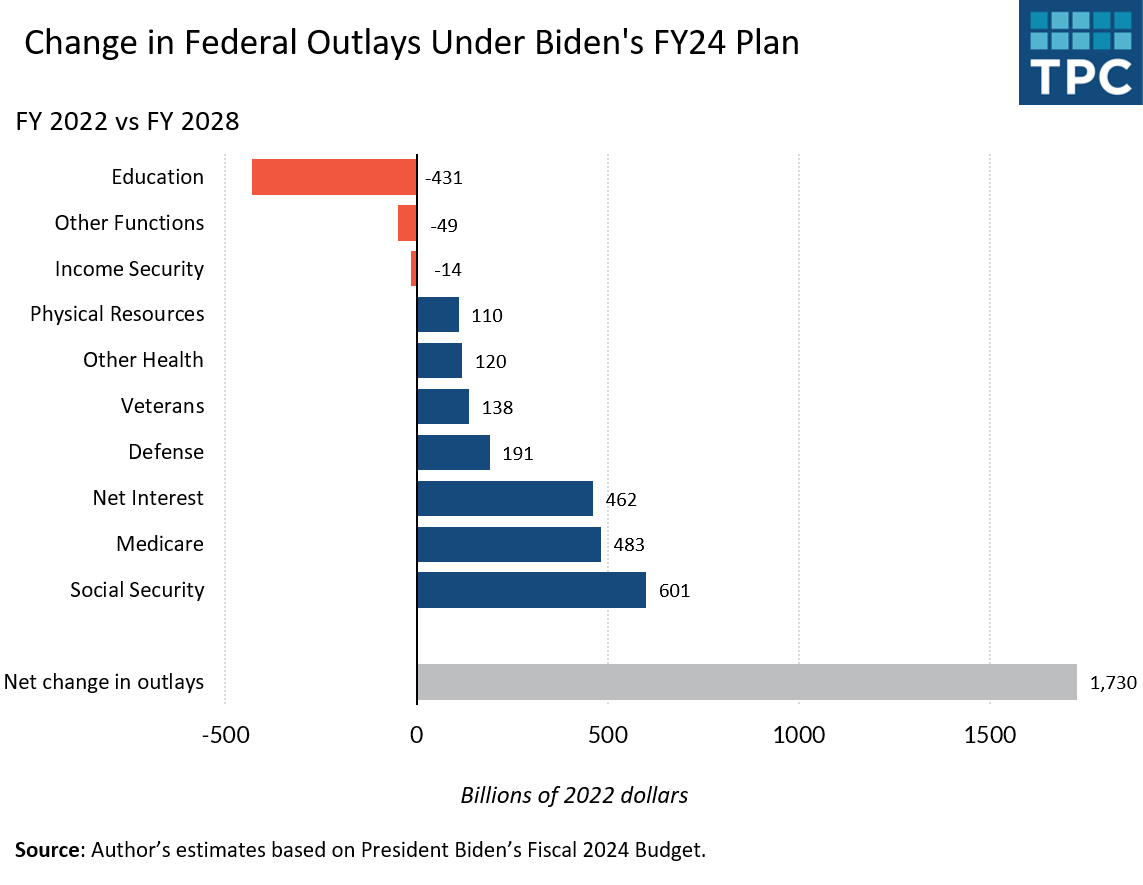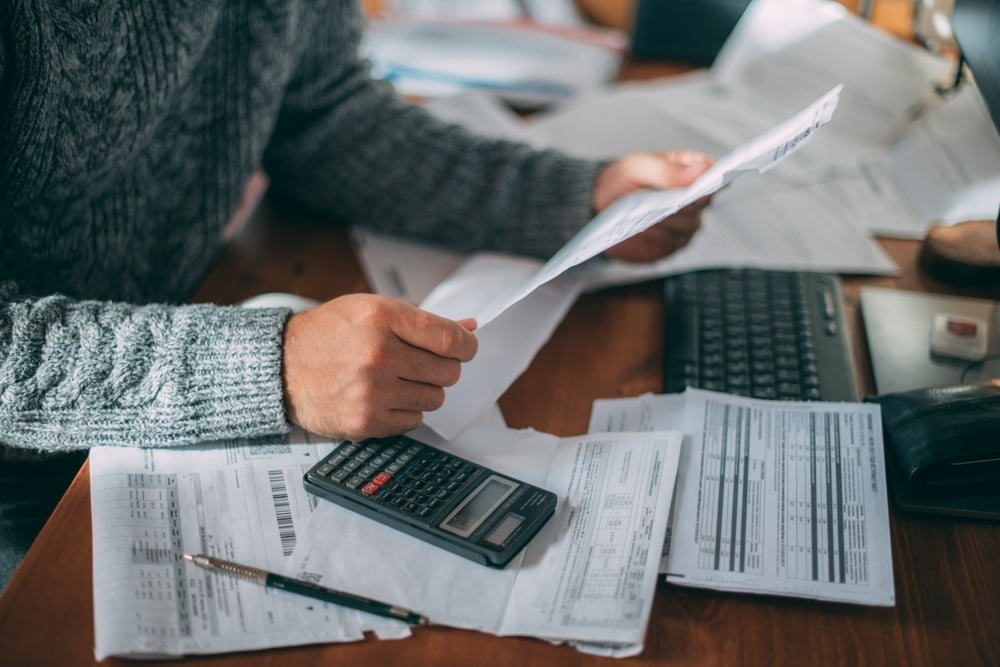What Happens if I File a Chapter 13 Bankruptcy and Become Unable to Continue Making Payments in Saint Paul Minnesota?
Filing a chapter 13 bankruptcy is a great way for many Minnesotans to deal with their creditors and get rid of debt. In a chapter 13 bankruptcy, the debtor (the legal term for a person who files a bankruptcy case) makes monthly payments to their creditors in a three to five year repayment plan, after which they receive a discharge of their remaining debt.
Debtors who earn over the median income, based on their household size for the State of Minnesota, must file a chapter 13 repayment plan rather than a chapter 7 bankruptcy. However, individuals who earn less than the median State income may also choose to file a chapter 13 bankruptcy case for other reasons, such as to protect their property, as debtors do not risk having to lose property to pay creditors like they do in a chapter 7 case.
When a debtor files a chapter 13 case, they submit to the court a proposed repayment plan, which is subject to court approval (aka being “confirmed” by the court). About two months after the chapter 13 case is filed, the bankruptcy court has “confirmation hearing” at which the court decides whether to approve or deny the debtor’s repayment plan. In order to be confirmed, and approved by the bankruptcy court, the plan must meet basic requirements. First, the repayment plan must meet the “best efforts test” by proving to the court that the debtor is paying as much as they possibly can afford to creditors, each month, in consideration of their other necessary expenses. Second, the plan must satisfy the “best interest test” by paying, at least, as much to the debtor’s unsecured creditors as they would have received had they filed a chapter 7 case and had to turn over certain property to pay creditors. The plan must also provide that all nondischargable “priority” debts, such as most tax debt, alimony and child support be fully paid out of the debtor’s monthly plan payments. Additionally, the plan must provide that all past-due “arrears” for secured debts such as car loans and home mortgages be fully paid out of the debtor’s plan payments if the debtor desires to keep the property secured by those debts. A proposed payment plan sufficiently meeting all of these requirements will be confirmed by the court.
The reward for successfully completing a three to five year repayment plan, and receiving a discharge of one’s debts, is tremendous but the journey is not always easy. Life happens, and it is common for a debtor to experience a significant change in their financial circumstances that hinders their ability to successfully complete their plan. For example, the debtor may experience a drastic reduction in income due to a layoff or cutback in hours allowed by their employer. Additionally, the debtor may have a substantial increase in their monthly expenses due to car/home repairs, unforeseen medical expenses, an overall increase in the cost of living, etc. When there is a significant change in financial circumstances, the debtor has options.
The debtor may file a chapter 13 plan “modification” that allows for a temporary, or sometimes permanent, reduction in their monthly payments to accommodate a change in their ability to make payments, so long as their plan still meets the basic requirements for court approval. If a plan modification is not feasible, and the debtor would be better served in a chapter 7 case, the debtor may “convert” their case into a chapter 7 bankruptcy. In cases where the debtor has a lot of property, converting to a chapter 7 case may not be ideal due to the risk that the debtor may have to surrender property to the chapter 7 trustee to pay debts. The debtor, in some circumstances may also qualify for a “hardship discharge.” In such a case, the debtor will receive a discharge without fully making all of their plan payments if modifying their plan payments is not practical, they paid at least as much to their unsecured creditors as the creditors would have received had the debtor filed a chapter 7 case (in other words, met the best interest test), and the reason the debtor is no longer able to continue making their payments is due to circumstances beyond their control. Lastly, if all else fails, the debtor may have their cased dismissed on their own, or by the chapter 13 trustee. Having a case dismissed usually leaves the debtor in the same financial position, if not a worse position, then they were before they filed for bankruptcy. A debtor with an experienced bankruptcy attorney can usually find a way to avoid having their case dismissed, and receive a discharge of their debts, through a plan modification, conversion to a chapter 7, or hardship discharge.
CALL NOW FOR A FREE STRATEGY SESSION FROM A MN BANKRUPTCY LAWYER AT LIFEBACK LAW FIRM
Speaking of experienced attorneys, LifeBack Law Firm has office around the Twin Cities and greater Minnesota, including our new office located at 370 Selby Ave., Suite 224, Saint Paul Minnesota 55102. Come visit us at one of our office or online at Lifebacklaw.com!






